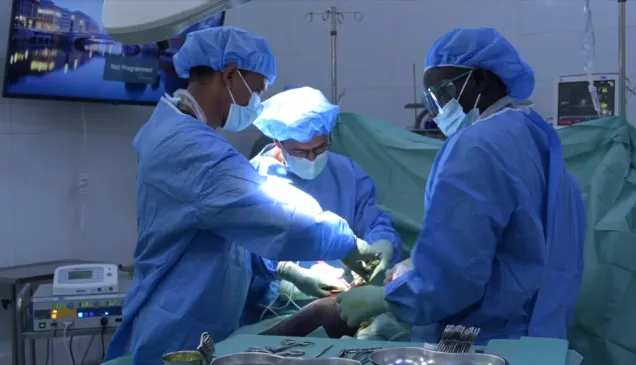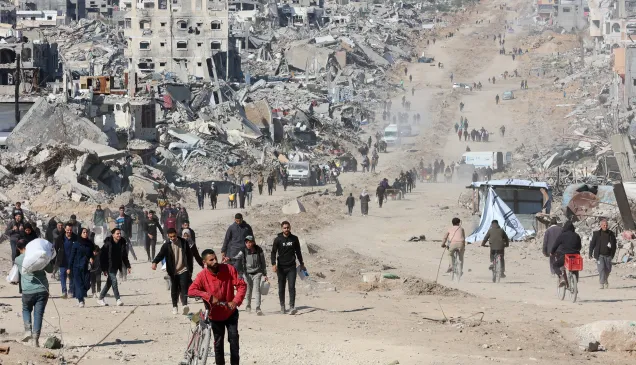The ICRC’s 2025 mapping identifies 383 armed groups of humanitarian concern across more than 60 countries. Over one-third are parties to armed conflict and therefore bound by international humanitarian law (IHL). The ICRC maintains contact with around three-quarters of these groups to negotiate access, deliver assistance and promote respect for civilians.
“These figures confirm what we have been observing for several years now: most armed groups are not temporary actors but deeply entrenched in the territories where they operate,” said Matthew Bamber-Zryd, ICRC adviser on armed groups. “A growing number are parties to armed conflict and therefore bound by IHL, and many remain willing to engage with the ICRC on humanitarian issues. But insecurity, counter-terrorism restrictions and limited resources increasingly stand in the way of sustained dialogue. Recognizing these realities – who controls what, for how long, and the constraints under which we engage – is essential if we are to reach people living in the areas most affected by violence.”
Field research conducted in Cameroon, Iraq and the Philippines between 2024 and 2025 highlights how life in contested areas means constantly negotiating risks, uncertain lines of authority and fear of reprisals. One village chief in Cameroon described their dilemma as “running away from fire, running into water” – capturing the impossible choices faced by people trying to stay safe when multiple armed actors claim control.
The collapse or disruption of essential services compounds these pressures. In many contested areas, neither state authorities nor armed groups reliably provide healthcare, education or civil documentation. Without papers, people struggle to move, access services or prove their identity – leaving them more vulnerable to abuse and exclusion.
Humanitarian organizations face major obstacles in reaching these communities, even though most armed groups are willing to engage with the ICRC. The obstacles range from insecure conditions that block access to legal and administrative restrictions imposed by states.
“In many contested areas, the collapse of basic services means people survive through their own resourcefulness and social networks,” said Arjun Claire, ICRC senior policy adviser. “Yet many get trapped in the violence, branded as collaborators by one side or the other, and exposed to brutal reprisals. States and armed groups cannot fight their wars on the backs of civilians. Contested control does not mean contested obligations – controlling territory brings responsibility to protect those living there, not a license to target them.”
The ICRC urges all parties to armed conflict to respect IHL, ensure the protection of civilians and facilitate impartial humanitarian access and engagement.
EVENT: Strengthening Humanitarian Responses in Contested Territories | International Committee of the Red Cross: Journalists are welcome to join a briefing on the findings of the report on 9 December from 13.30-15.00 CET. Kindly let us know if you plan to join by 8 December (contact: alachant@icrc.org).
Notes to editors:
Findings are drawn from the ICRC’s 2025 analysis on armed group engagement and its protection report Navigating Violence: Learning from Civilian Experiences and Strengthening Humanitarian Action in Contested Territories, based on research in Cameroon, Iraq and the Philippines. The report draws on field data and first-hand accounts to document how civilians experience and adapt to life under contested authority.
Contestation arises when state authority is challenged by armed groups seeking to replace it through violence. The term “contested territory” is descriptive rather than legal and differs from “occupied territory” recognized in international law, which refers to areas that have come under the control of foreign powers in the context of an international armed conflict.
Links
For more information: Aurélie Lachant, ICRC Press Office, alachant@icrc.org




